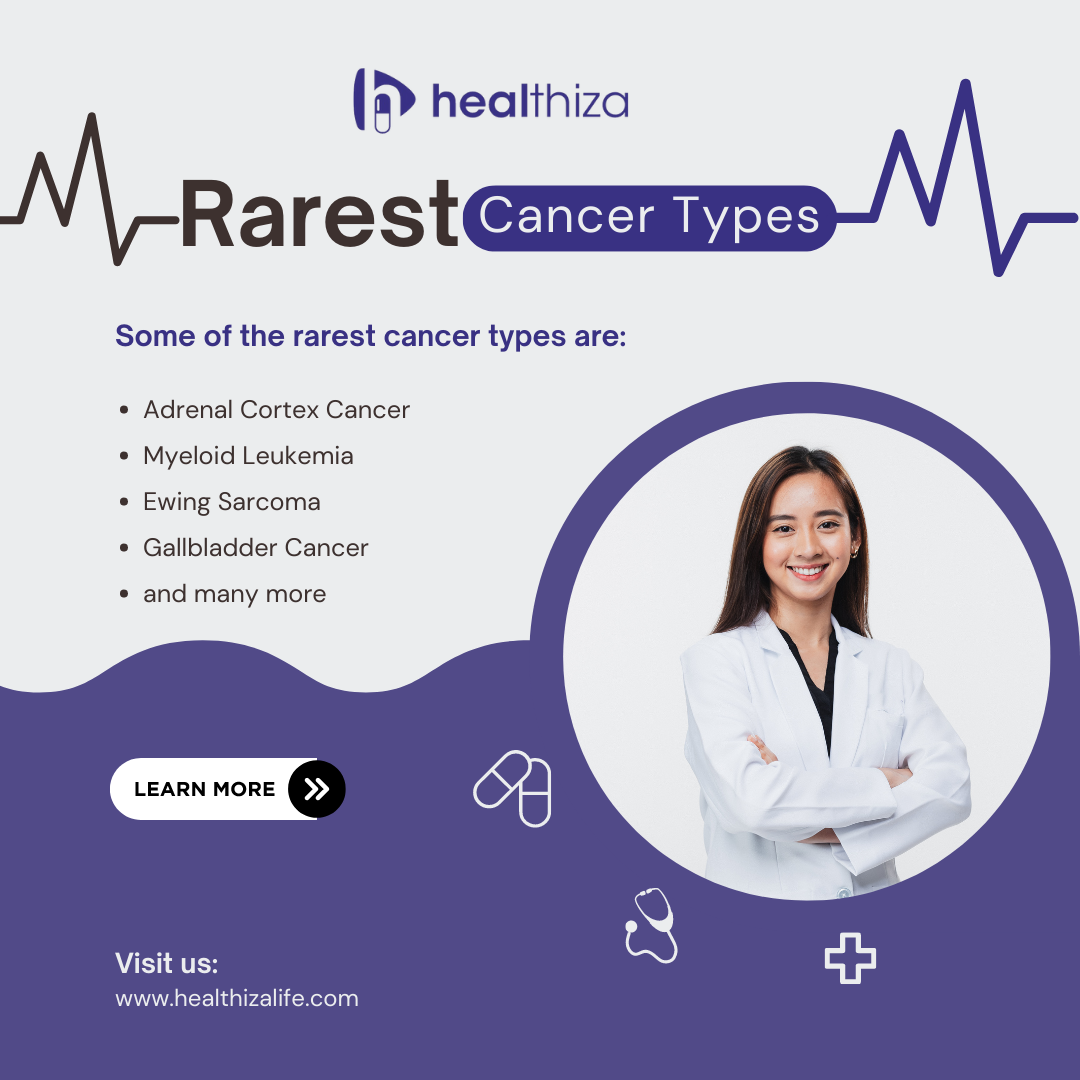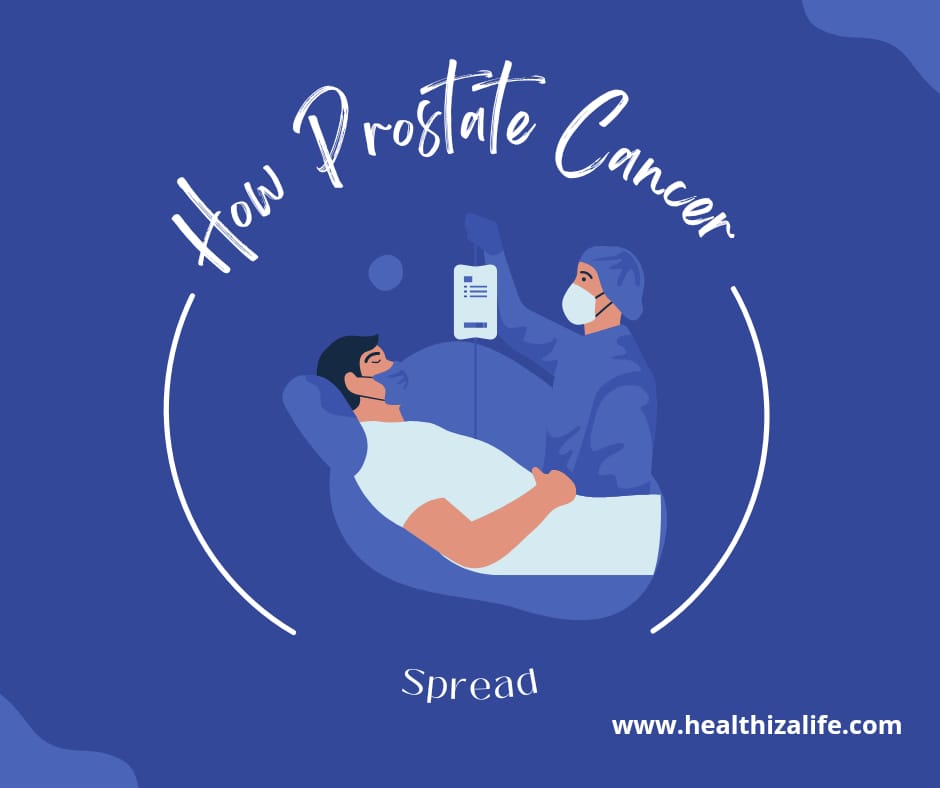How Do Anti Cancer Drugs Work in the Body?
Anti Cancer Drugs
There are many types of Anti cancer drugs are available for the cancer treatment. These medicines works to sluggish down or stop the development of Cancer through focusing at the pathways concerned in the growth and development of cancers cells.
Anti-cancer medicinal drugs are available in various bureaucracy, which include the ones used in immunotherapy, endocrine therapy, centered therapy, chemotherapy, and bone marrow transplantation. Every drugs brings its own advantages and downsides, and cancer treatment regimens required for anti-cancers drugs.
What are the Anti-cancer Drugs?
Anti-cancer drugs are used to target cancer cells to stop their growth and spread. There are numerous primary classes of anti-cancer drugs; those embody alkylating agents, antimetabolites, natural products, and hormones. In addition, there are a number of medicines that don’t fall into those categories but that show anti-cancer interference and used within the treatment of malignant illnesses.
Types of Anti Cancer Drugs
The different types of anti-cancer drugs used are
Alkylating Substances
Alkylating chemical compounds spoil down cell DNA to prevent cellular division. One main class of alkylating agent is nitrosoureas, which has the capability to damage cancer cells in the brain, which allows in the treatment of sure mind tumors.
Antimetabolites
Antimetabolites can stop cancer cells from generating the genetic cloth that allows cellular division and cancerous growth.
Hormonal agents
Hormonal agents modify the amounts of hormones in and around the cancerous cells, which impacts their cellular growth.
Plant alkaloids
Plant alkaloids bind proteins at some stage in unique levels of the cell cycle, causing the cancerous cells to go into the mitotic stage.
Some Other Types of Anti-Cancer Drugs
Antitumor Antibiotics
- Doxorubicin
- Bleomycin
- Daunorubicin
Mitotic Inhibitors
- Paclitaxel
- Vincristine
- Docetaxel
Targeted Therapies
- Imatinib
- Trastuzumab
- Rituximab
Hormonal Therapies
- Tamoxifen
- Anastrozole
- Leuprolide
Immune Checkpoint Inhibitors
- Pembrolizumab
- Nivolumab
- Atezolizumab
Radiopharmaceuticals
- Radium-223
- Iodine-131
Example of Best Anti-Cancer Drug
There are many types of anti-cancer drugs available. Each drug’s effectiveness depends on various factors such as Type of Cancer, Stage of Cancer, Patients Health, and Type of Therapy. However, some of the best Anti-cancer drugs are given below.
Imatinib: Imatinib is highly effective for chronic myeloid leukemia (CML) and gastrointestinal stromal tumors (GISTs).
Doxorubicin: A cornerstone in treating various solid tumors, including breast cancer and lymphomas.
Pembrolizumab: It is a checkpoint inhibitor effective for multiple cancers, including melanoma and lung cancer.
Trastuzumab: This medicine is highly effective for HER2-positive breast cancer.
How Do Anti-cancer Drugs work?
There are effective mechanisms of anti-cancer drugs due to their different types. It works by interfering the cancer cells growth and kills it. Here how does the anti-cancer drugs work
-
Damaging DNA
Some anti-cancers pills damage the DNA of cancers cells, stopping them from dividing and replicating. Examples of cancer medicines that work through unfavorable DNA encompass doxorubicin, cisplatin, and vincristine.
-
Targeting Hormones
Some anti-cancer tablets target hormones that can be concerned within the boom of cancer cells. Examples of drugs that works with the aid of targeting hormones consist of tamoxifen and anastrozole.
-
Targeting specific genes or proteins
Some anti-cancers tablets goal precise genes or proteins that might be concerned inside the increase and spread of cancer cells. Examples of medication that works by targeting particular genes or proteins encompass imatinib and trastuzumab.
-
Using the immune system
Some anti-cancers pills use the body’s immune device to combat cancers. Examples of drug treatments that works by the usage of the immune system encompass ipilimumab and pembrolizumab.
What do these drugs to treat Cancer?
Anti-cancer drugs used to treat cancers. Cancer experts called clinical oncologists regularly prescribe chemotherapy drugs, further to other cancer treatments — like surgical treatment, radiation therapy, immunotherapy, or targeted therapy — to fight cancers. Anti-cancer medicines used to address situations apart from Cancer, consisting of
- Autoimmune diseases: With autoimmune diseases, cells in immune system attacks on tissues in body. It prevents the cells growth, kills cancer cells, and stop it spreading in body parts.
- Blood problems: Blood problems consist of conditions that involve your bone marrow making odd blood cells. With some blood issues, you can want a stem cell transplant to replace odd blood cells with healthy ones. Chemotherapy performs earlier than a transplant to kill odd cells and make space for healthy cells.
Advantages of Anti-Cancer Chemotherapy Drugs
Anti-cancer drugs used to address the troubles of lots of cancer patients. Cancers are taken into consideration as fatal can now be handled by using anti-cancer drugs, which assist a variety of humans stay longer. Anti-cancer drugs provide various benefits to patients.
- Get rid of the Cancer in your body and prevent it from habitual.
- Stop the cancer growth and improve your high-quality of life.
- Reduces the signs and symptoms and gives you comfort from cancer disease.
Conclusion
Anti-cancer drugs formulated to address various types of Cancer. Cancer is the out-of-control increase of cells that intervene with the growth of healthy cells. The typical treatments for Cancer are surgery, chemotherapy (treatment with anti-cancer tablets), radiation, or some combination of those techniques. Anti-cancer drugs centred on controlling and treating various Cancer like, Breast cancer, Cervical cancers, Small cell lung cancer, Head and Neck cancers, Ovarian cancers, Hodgkin’s and Non-Hodgkin’s lymphoma, Oesteo-sarcoma, Seminomas of the testis, Myeloblastic leukemia, Lymphoblastic leukemia etc. The use & application of drugs synthesized or procured from natural or synthetic resources for cancer inhibition and treatment called “chemotherapy,” and the medicine is more commonly named anti-cancer drugs.
Also Read,




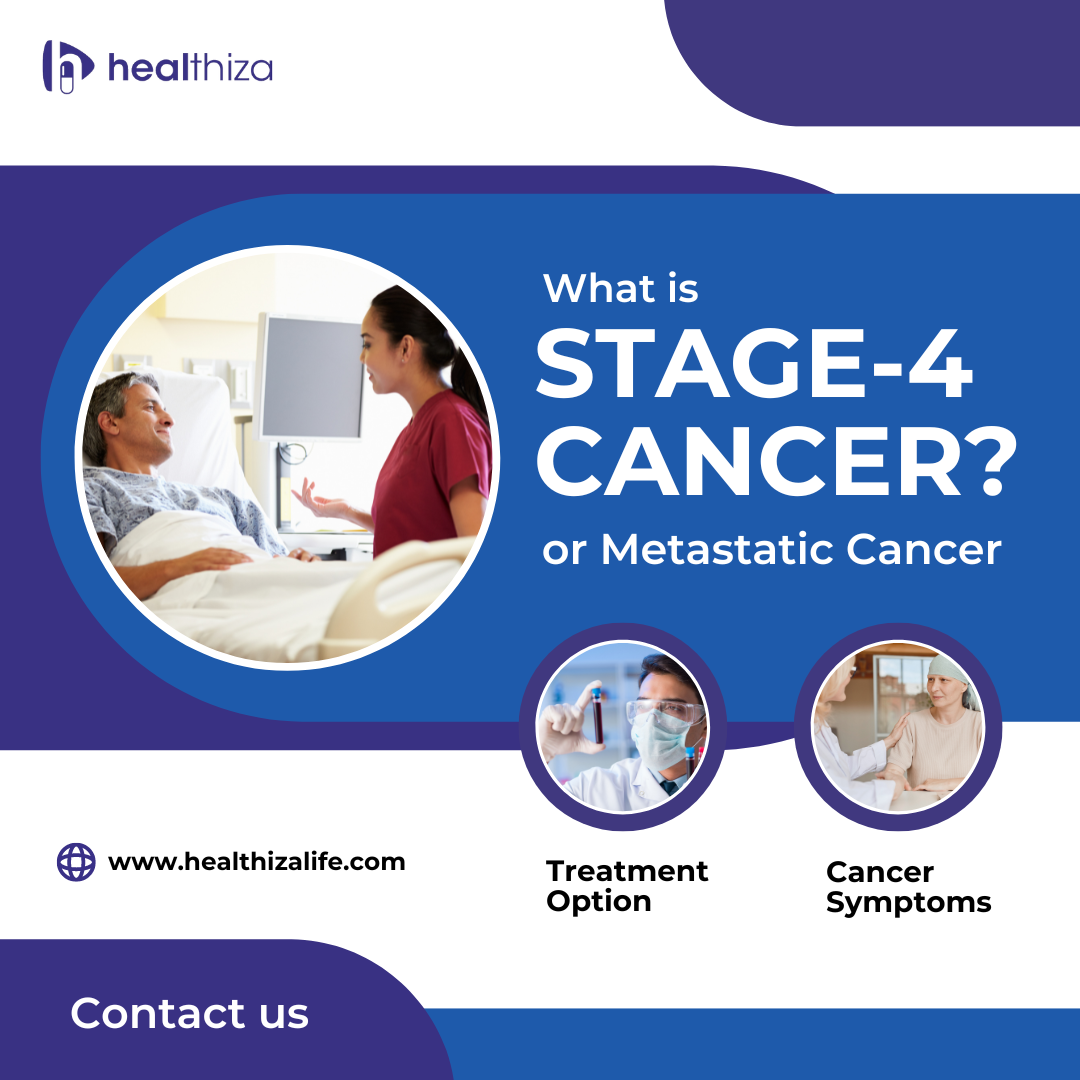
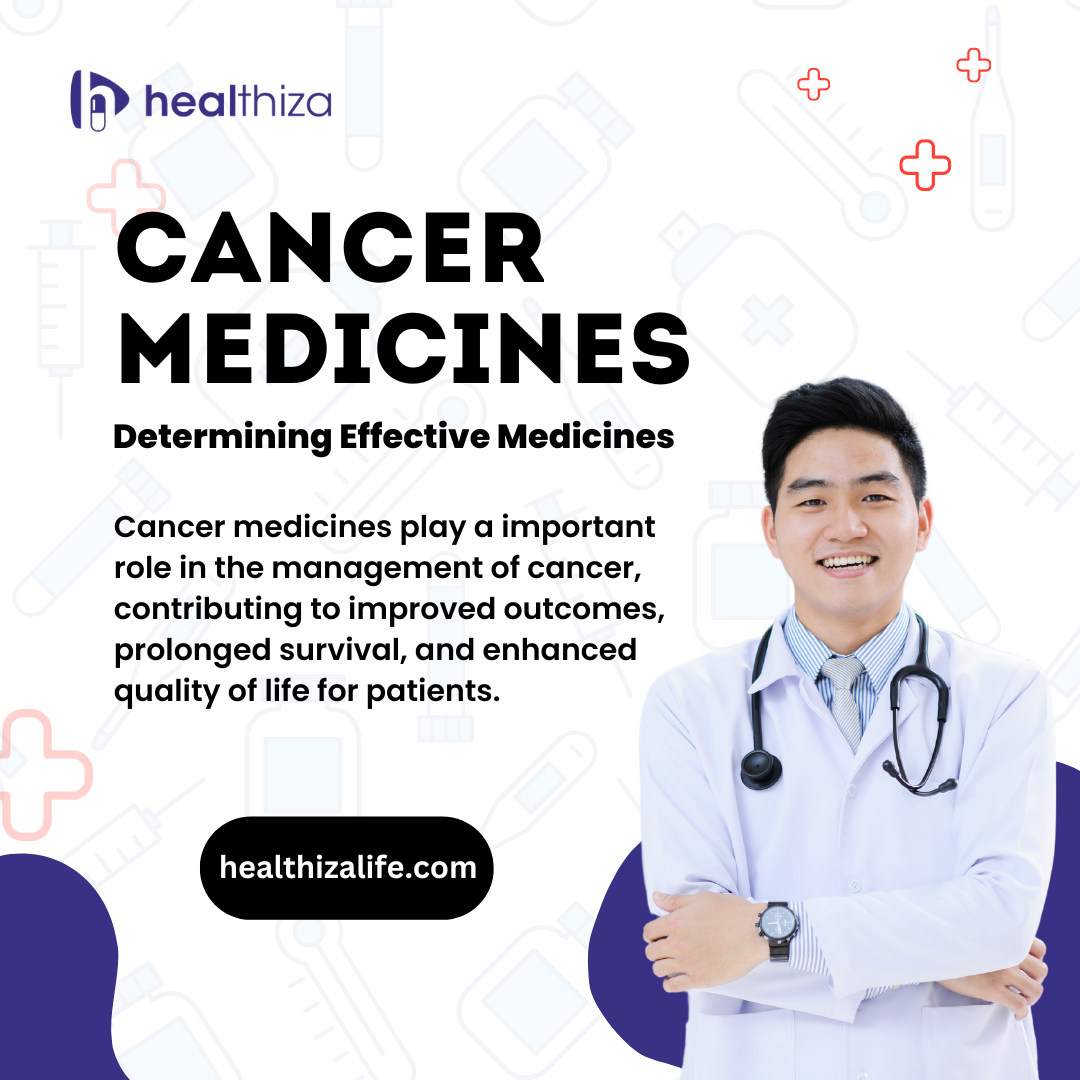




 Bevacizumab Injection is a cancer-fighting medicine. It’s used to treat colon and rectum cancers, as well as non-small cell lung cancer, kidney cancer, brain tumours, and ovarian and cervical cancers. It helps to halt tumour growth by preventing the creation of new blood vessels that feed tumours. When used with other cancer medications, bevacizumab Injection is an excellent first-line choice.
Bevacizumab Injection is a cancer-fighting medicine. It’s used to treat colon and rectum cancers, as well as non-small cell lung cancer, kidney cancer, brain tumours, and ovarian and cervical cancers. It helps to halt tumour growth by preventing the creation of new blood vessels that feed tumours. When used with other cancer medications, bevacizumab Injection is an excellent first-line choice.  Trastuzumab injection is a type of anticancer medicine that is used to treat some types of breast, stomach, and esophageal cancers. It is sometimes used in conjunction with other cancer drugs. This medicine is used to treat cancers that produce an excessive amount of a chemical known as HER2 protein. It is a drug that works by slowing or preventing the growth of cancer cells. It is occasionally used when cancer has spread to other places of the body.
Trastuzumab injection is a type of anticancer medicine that is used to treat some types of breast, stomach, and esophageal cancers. It is sometimes used in conjunction with other cancer drugs. This medicine is used to treat cancers that produce an excessive amount of a chemical known as HER2 protein. It is a drug that works by slowing or preventing the growth of cancer cells. It is occasionally used when cancer has spread to other places of the body. 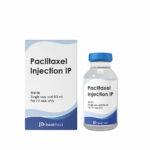 Paclitaxel Injection is an effective anticancer medicine. It is used to treat Breast, Pancreatic, and non-small cell Lung cancer. This medication can be used alone or in conjunction with other drugs or treatments such as chemotherapy. It improves breast cancer symptoms such as breast lumps, bloody nipple discharge, and changes in the form or texture of the breast. Paclitaxel Injection destroys or slows the tumour growth while also preventing them from multiplying.
Paclitaxel Injection is an effective anticancer medicine. It is used to treat Breast, Pancreatic, and non-small cell Lung cancer. This medication can be used alone or in conjunction with other drugs or treatments such as chemotherapy. It improves breast cancer symptoms such as breast lumps, bloody nipple discharge, and changes in the form or texture of the breast. Paclitaxel Injection destroys or slows the tumour growth while also preventing them from multiplying.  Bortezomib injection is an anticancer medicine that is used to treat multiple myeloma and mantle-cell lymphoma. It works by preventing or decreasing protein degradation in cells. As a result, the number of proteins in cancer cells increases, leading to their elimination.
Bortezomib injection is an anticancer medicine that is used to treat multiple myeloma and mantle-cell lymphoma. It works by preventing or decreasing protein degradation in cells. As a result, the number of proteins in cancer cells increases, leading to their elimination.  Abiraterone Acetate Tablets are a cancer-fighting drug. It works by suppressing the generation of androgen (male hormone) in men to treat prostate cancer that has progressed to other parts of the body. It is prescribed for men who are unable to treat their prostate cancer with surgeries or other medications. Abiraterone acts by inhibiting the production of androgen in the body. Androgens are man hormones that can encourage prostate gland tumour growth.
Abiraterone Acetate Tablets are a cancer-fighting drug. It works by suppressing the generation of androgen (male hormone) in men to treat prostate cancer that has progressed to other parts of the body. It is prescribed for men who are unable to treat their prostate cancer with surgeries or other medications. Abiraterone acts by inhibiting the production of androgen in the body. Androgens are man hormones that can encourage prostate gland tumour growth.  Dasatinib tablet is used to treat blood cancer (chronic myeloid leukemia-CML, acute lymphoblastic leukemia-ALL). It is used in people whose condition has not responded to existing leukaemia medicines or who are unable to use these medications due to side effects. It works by stopping or preventing cancer cell proliferation.
Dasatinib tablet is used to treat blood cancer (chronic myeloid leukemia-CML, acute lymphoblastic leukemia-ALL). It is used in people whose condition has not responded to existing leukaemia medicines or who are unable to use these medications due to side effects. It works by stopping or preventing cancer cell proliferation.  It is used in the treatment of Breast cancer, Pancreatic cancer, Lung cancer and Kidney cancer. Moreover, it is also used to control the immune system during organ transplantation. A transplanted organ, such as a liver or kidney, can potentially be attacked or “rejected” by the immune system. Because the immune system considers the new organ as an invader. Everolimus tablet is used to keep organs from rejecting following a kidney or liver transplant. It controls the immune response of the body so that the new organ can be accepted.
It is used in the treatment of Breast cancer, Pancreatic cancer, Lung cancer and Kidney cancer. Moreover, it is also used to control the immune system during organ transplantation. A transplanted organ, such as a liver or kidney, can potentially be attacked or “rejected” by the immune system. Because the immune system considers the new organ as an invader. Everolimus tablet is used to keep organs from rejecting following a kidney or liver transplant. It controls the immune response of the body so that the new organ can be accepted.  Erlotinib tablet is used to cure certain types of non-small cell lung cancer that have progressed to neighbouring tissues in patients who have failed to respond to at least one other chemotherapy medicine. It is also used in conjunction with another drug “gemcitabine” to cure pancreatic cancer that has progressed to neighbouring tissues or other parts of the body and is resistant to surgery. It works by preventing cancer cells from multiplying by stopping the action of an aberrant protein. This slows or stops cancer cells from spreading.
Erlotinib tablet is used to cure certain types of non-small cell lung cancer that have progressed to neighbouring tissues in patients who have failed to respond to at least one other chemotherapy medicine. It is also used in conjunction with another drug “gemcitabine” to cure pancreatic cancer that has progressed to neighbouring tissues or other parts of the body and is resistant to surgery. It works by preventing cancer cells from multiplying by stopping the action of an aberrant protein. This slows or stops cancer cells from spreading.  Fulvestrant injection is often used alone or in combination with other medications to treat advanced breast cancer or breast cancer that has spread to other parts of the body in women who have gone through menopause and have not been treated with an anti-estrogen medication like tamoxifen.
Fulvestrant injection is often used alone or in combination with other medications to treat advanced breast cancer or breast cancer that has spread to other parts of the body in women who have gone through menopause and have not been treated with an anti-estrogen medication like tamoxifen. 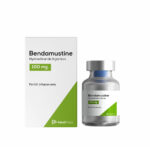 Bendamustine injection is used to treat chronic lymphocytic leukaemia (CLL) (CLL; a type of cancer of the white blood cells). It is also used to treat a kind of slow-spreading non-Hodgkins lymphoma (NHL: cancer that starts in a type of white blood cell that ordinarily fights infection) that has worsened during or after therapy with another drug. This injection can be used alone as well as in conjunction with other medications as part of a chemotherapy treatment plan. It works by eliminating existing cancer cells and stopping new cancer cells from growing.
Bendamustine injection is used to treat chronic lymphocytic leukaemia (CLL) (CLL; a type of cancer of the white blood cells). It is also used to treat a kind of slow-spreading non-Hodgkins lymphoma (NHL: cancer that starts in a type of white blood cell that ordinarily fights infection) that has worsened during or after therapy with another drug. This injection can be used alone as well as in conjunction with other medications as part of a chemotherapy treatment plan. It works by eliminating existing cancer cells and stopping new cancer cells from growing.  Cetuximab Injection is used to treat a kind of head and neck cancer that has progressed to neighbouring tissues or other sections of the body. It is also used to treat a form of colon (large intestine) or rectum cancer that has progressed to other parts of the body, either alone or in conjunction with other drugs. It helps to slow down or prevent cancer cell proliferation.
Cetuximab Injection is used to treat a kind of head and neck cancer that has progressed to neighbouring tissues or other sections of the body. It is also used to treat a form of colon (large intestine) or rectum cancer that has progressed to other parts of the body, either alone or in conjunction with other drugs. It helps to slow down or prevent cancer cell proliferation.  It is used in the treatment of chronic lymphocytic leukaemia (CLL; a form of white blood cell cancer) in individuals who have failed to improve after receiving at least one other treatment. Fludarabine injection belongs to the purine analogues class of drugs. It works by reducing or preventing cancer cell development in the body.
It is used in the treatment of chronic lymphocytic leukaemia (CLL; a form of white blood cell cancer) in individuals who have failed to improve after receiving at least one other treatment. Fludarabine injection belongs to the purine analogues class of drugs. It works by reducing or preventing cancer cell development in the body. 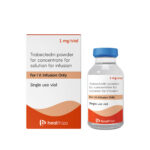 Trabectedin Injection is used in the treatment of liposarcoma (fat cell cancer) or leiomyosarcoma (smooth muscle cancer) that has migrated to other areas of the body and cannot be cured with surgery in persons who have already received specific chemotherapy drugs. It works by reducing or preventing cancer cell development in the body.
Trabectedin Injection is used in the treatment of liposarcoma (fat cell cancer) or leiomyosarcoma (smooth muscle cancer) that has migrated to other areas of the body and cannot be cured with surgery in persons who have already received specific chemotherapy drugs. It works by reducing or preventing cancer cell development in the body.  Procarbazine Capsule is used in the treatment of Hodgkin’s disease, commonly known as Hodgkin’s lymphoma. It functions by preventing the creation of proteins, RNA, and DNA, which is helpful in halting the expansion of cancer cells within the body.
Procarbazine Capsule is used in the treatment of Hodgkin’s disease, commonly known as Hodgkin’s lymphoma. It functions by preventing the creation of proteins, RNA, and DNA, which is helpful in halting the expansion of cancer cells within the body.  Gefitinib Tablets is a non-steroidal anti-inflammatory drug (NSAID) that is used to treat cell lung cancer. It is a type of anticancer medicines that prevents cancer cells from growing and spreading in the body. It’s utilised in people who have cancer that’s progressed to other parts of their bodies, have faulty epidermal growth factor receptor (EGFR) genes, and haven’t had previous cancer treatment.
Gefitinib Tablets is a non-steroidal anti-inflammatory drug (NSAID) that is used to treat cell lung cancer. It is a type of anticancer medicines that prevents cancer cells from growing and spreading in the body. It’s utilised in people who have cancer that’s progressed to other parts of their bodies, have faulty epidermal growth factor receptor (EGFR) genes, and haven’t had previous cancer treatment. 